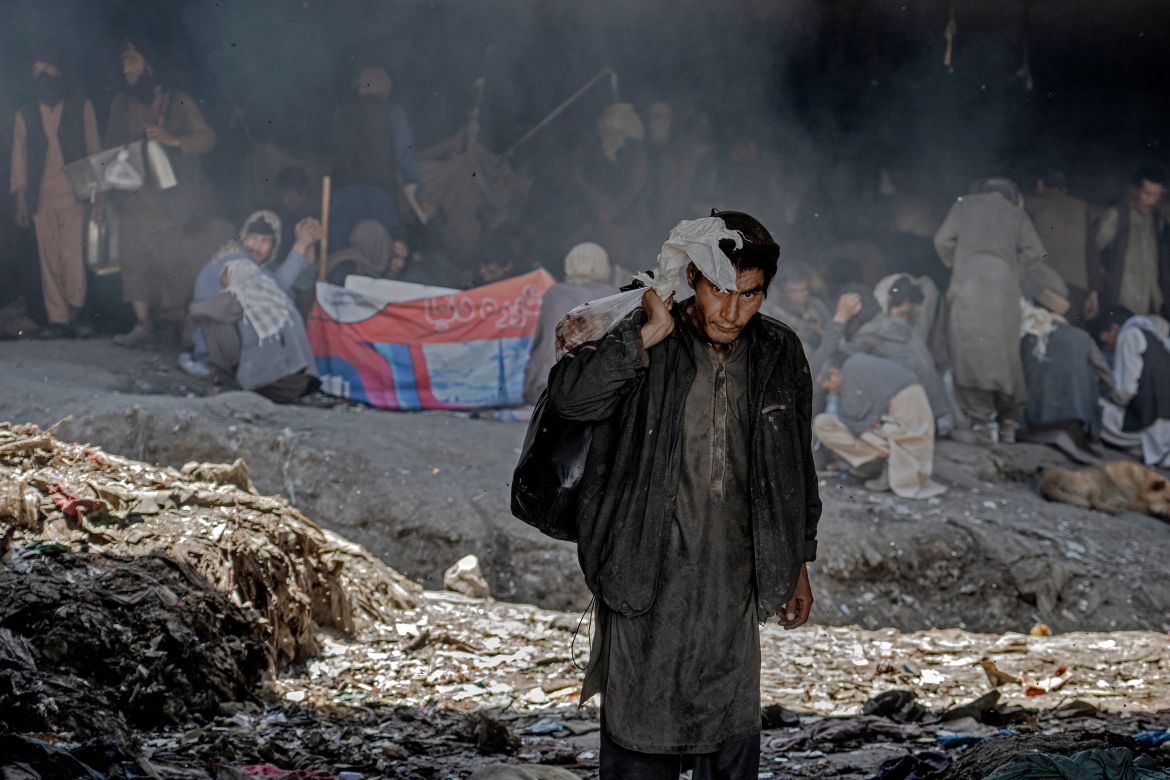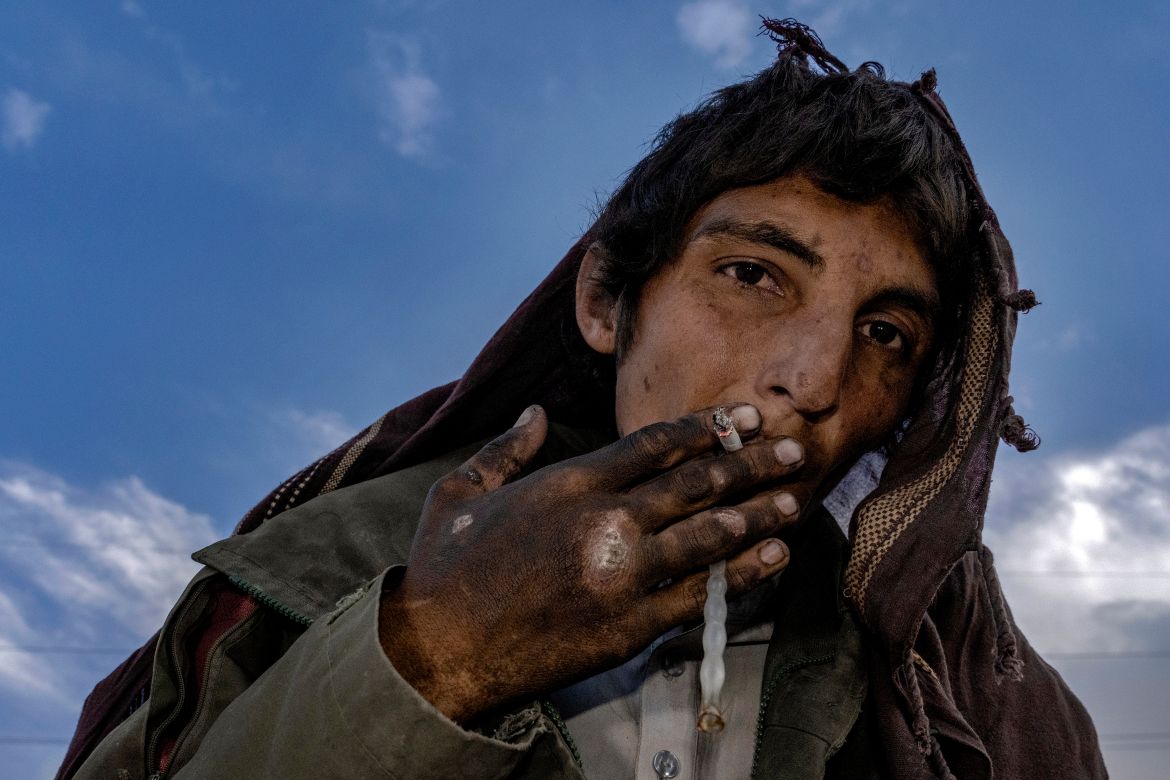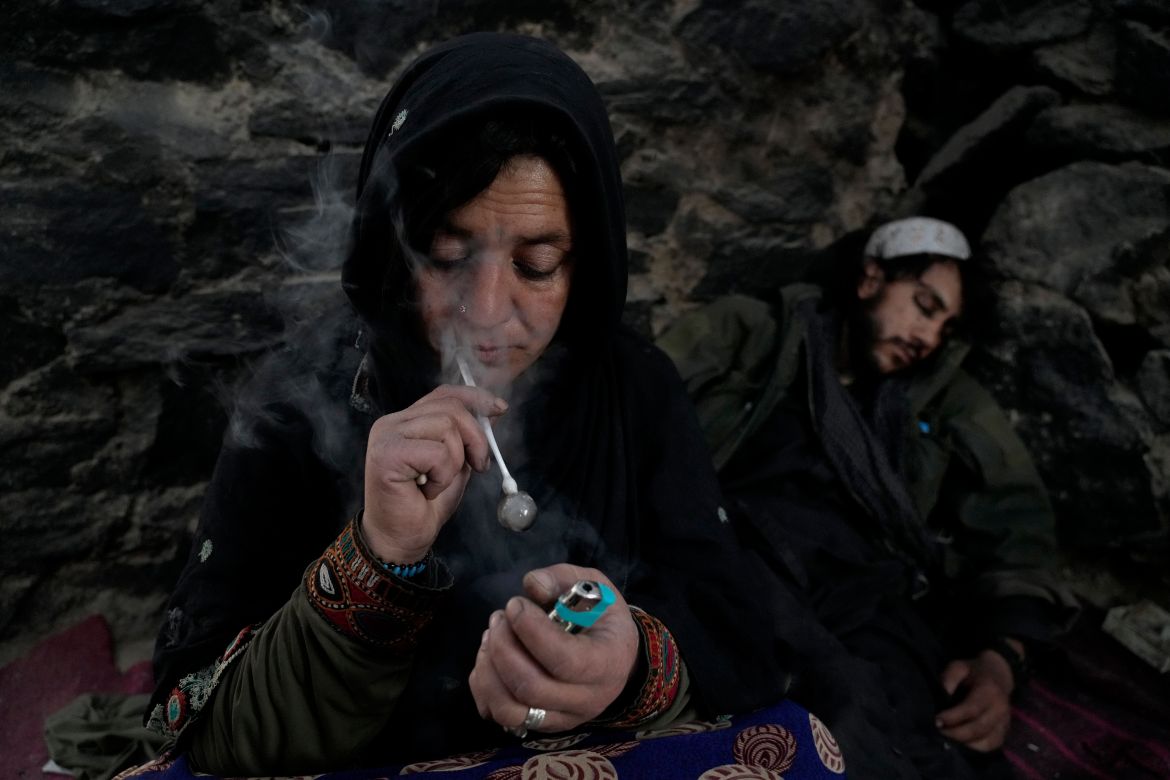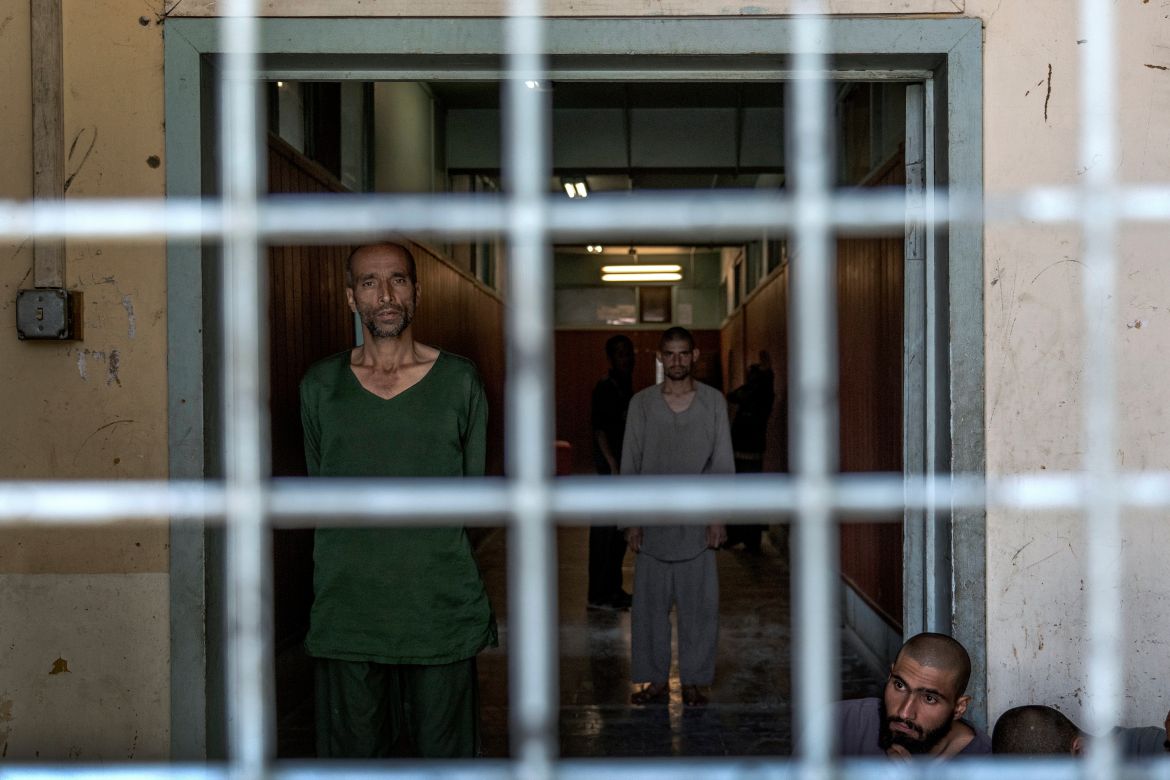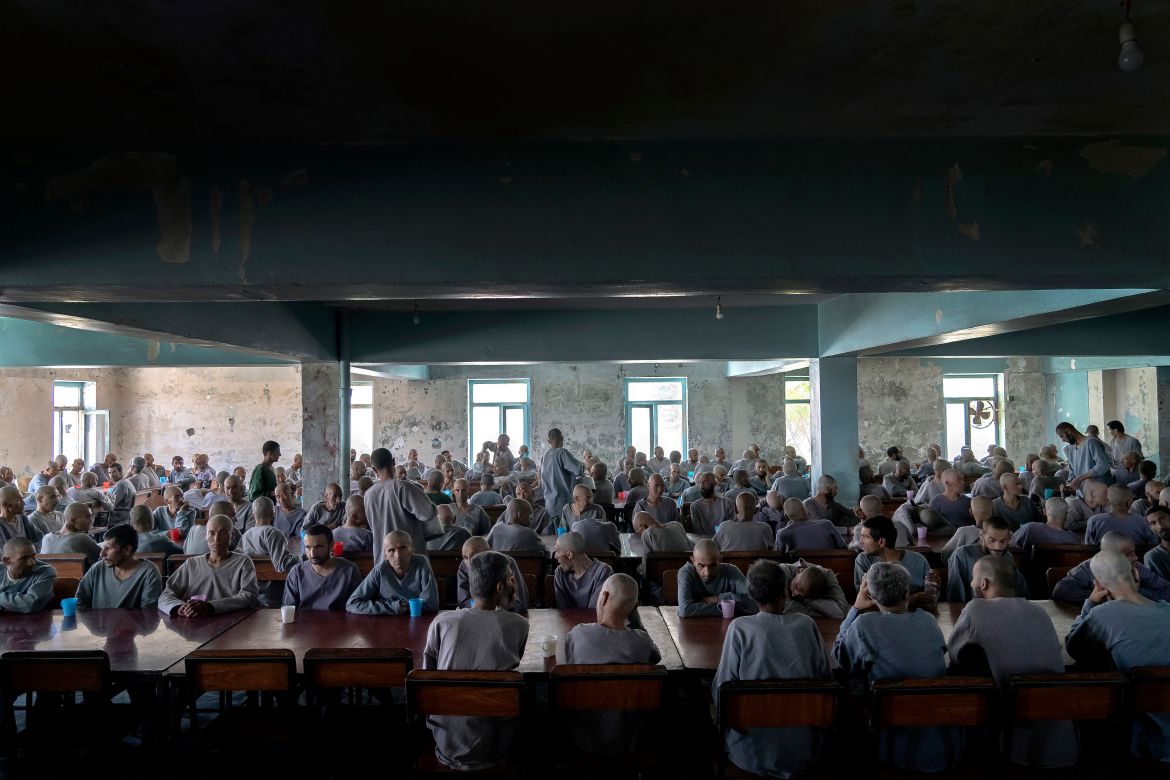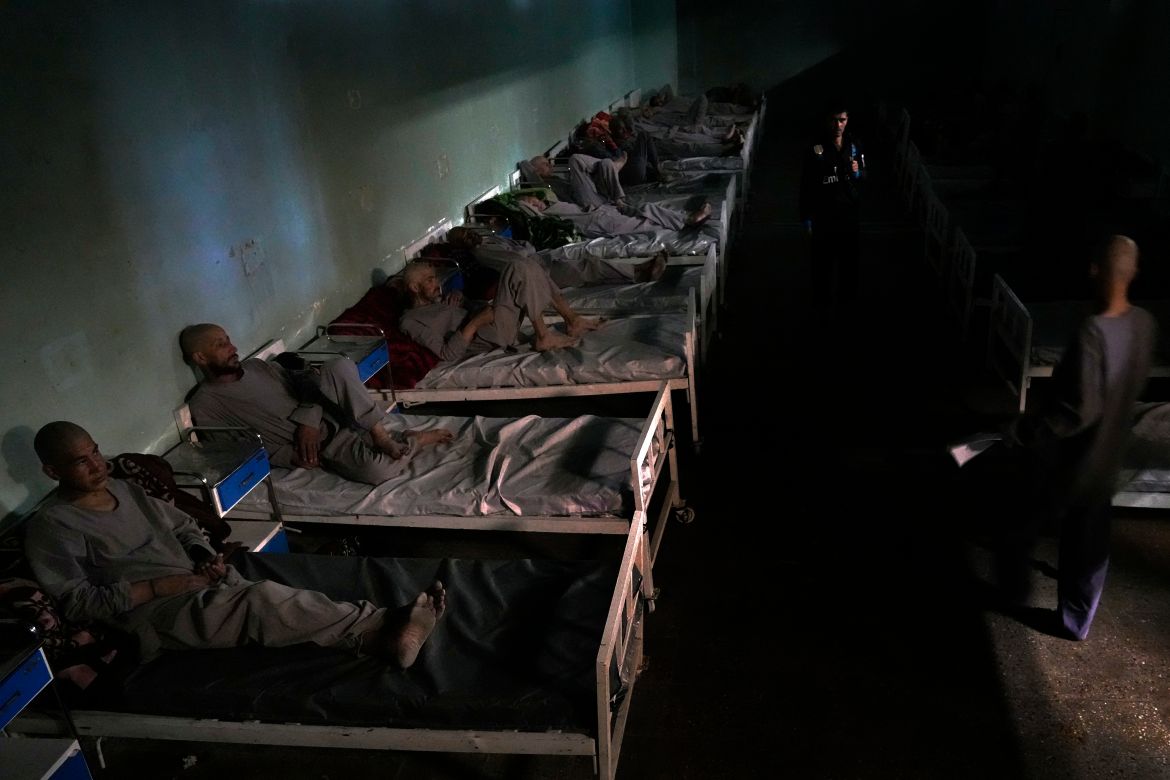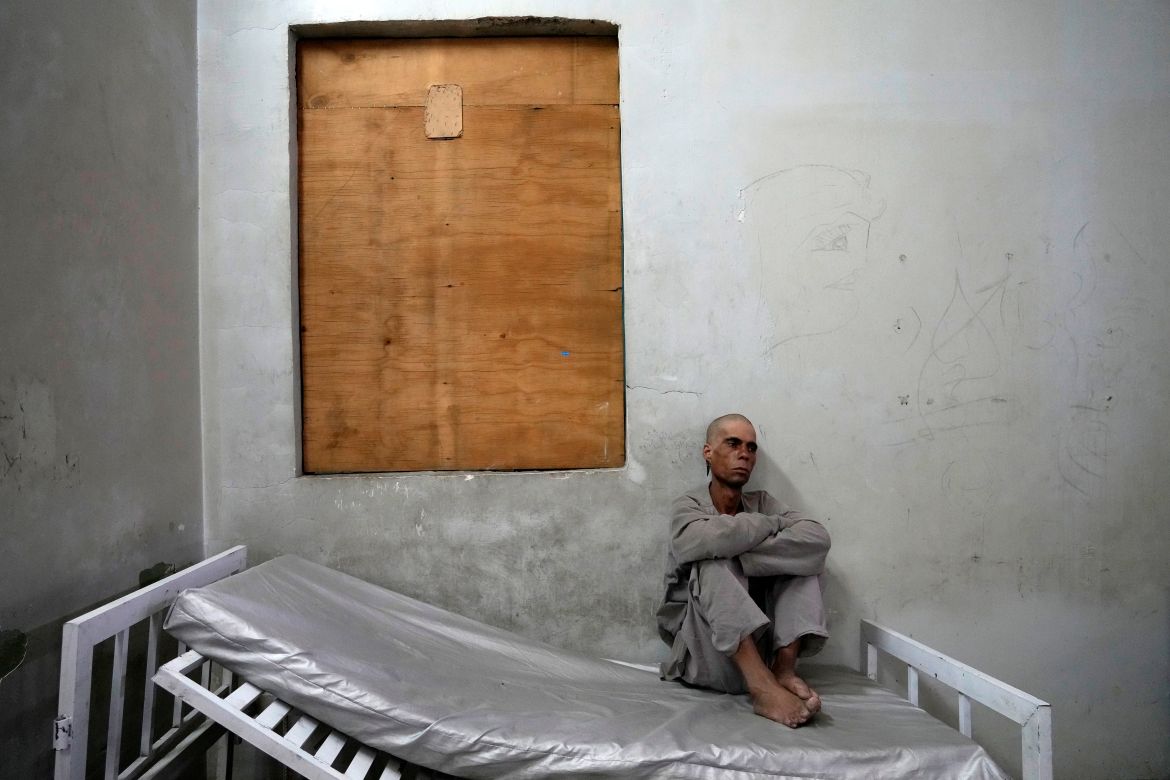In Pictures
Photos: Despair and poverty fuel drug use in Afghanistan
Drug addiction has long been a problem in Afghanistan, the world’s biggest producer of opium and now a chief source of methamphetamines.
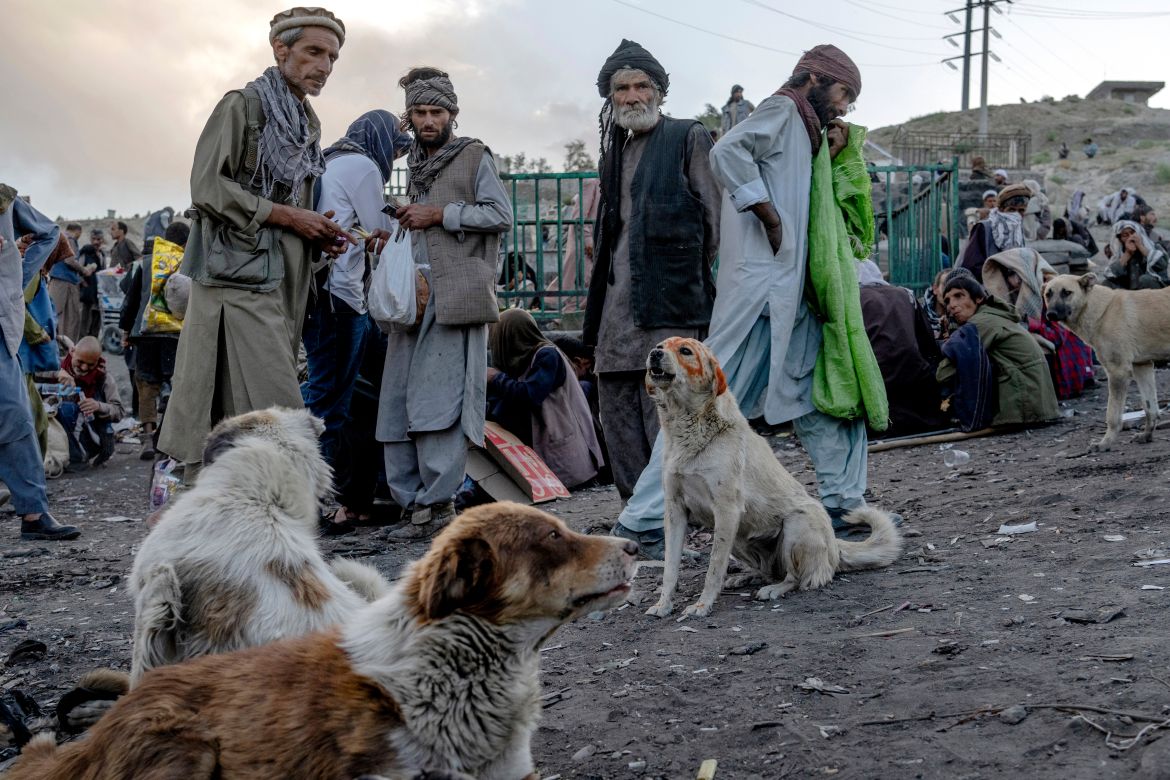
Drug addiction has long been a problem in Afghanistan, the world’s biggest producer of opium and heroin and now a chief source of methamphetamine.
Drug use has been driven by persistent poverty and decades of war that left few families unscarred.
It appears to be getting worse since the country’s economy collapsed following the seizure of power by the Taliban in August 2021 and the subsequent halt of international financing.
Families once able to get by found their sources of income cut off, leaving many barely able to afford food. Millions have joined the ranks of the impoverished.
Drug users can be found around the capital, Kabul, living in parks and sewage drains, under bridges and on open hillsides.
A 2015 survey by the United Nations estimated that up to 2.3 million people had used drugs that year, which would have amounted to about 5 percent of the population at the time.
Seven years later, the number is not known, but it is believed to have only increased, according to Dr Zalmel, the head of the Drug Demand Reduction Department, who like many Afghans, uses only one name.
The Taliban has launched an aggressive campaign to eradicate poppy cultivation. At the same time, they inherited the deposed, internationally-backed government’s policy of forcing drug users into camps.
Earlier this summer, Taliban fighters stormed two areas frequented by drug users, one on the hillside and another under a bridge.
They collected about 1,500 people, officials said. They were taken to the Avicenna Medical Hospital for Drug Treatment, a former United States military base. It is the largest of several treatment camps around Kabul.
There, the residents were shaved and kept in a barracks for 45 days. They receive no treatment or medication as they go through withdrawal. The camp barely has enough money to feed those who live there.
Such camps do little to treat addiction.
A week after the raids, both locations were once again full of hundreds of people using drugs.
